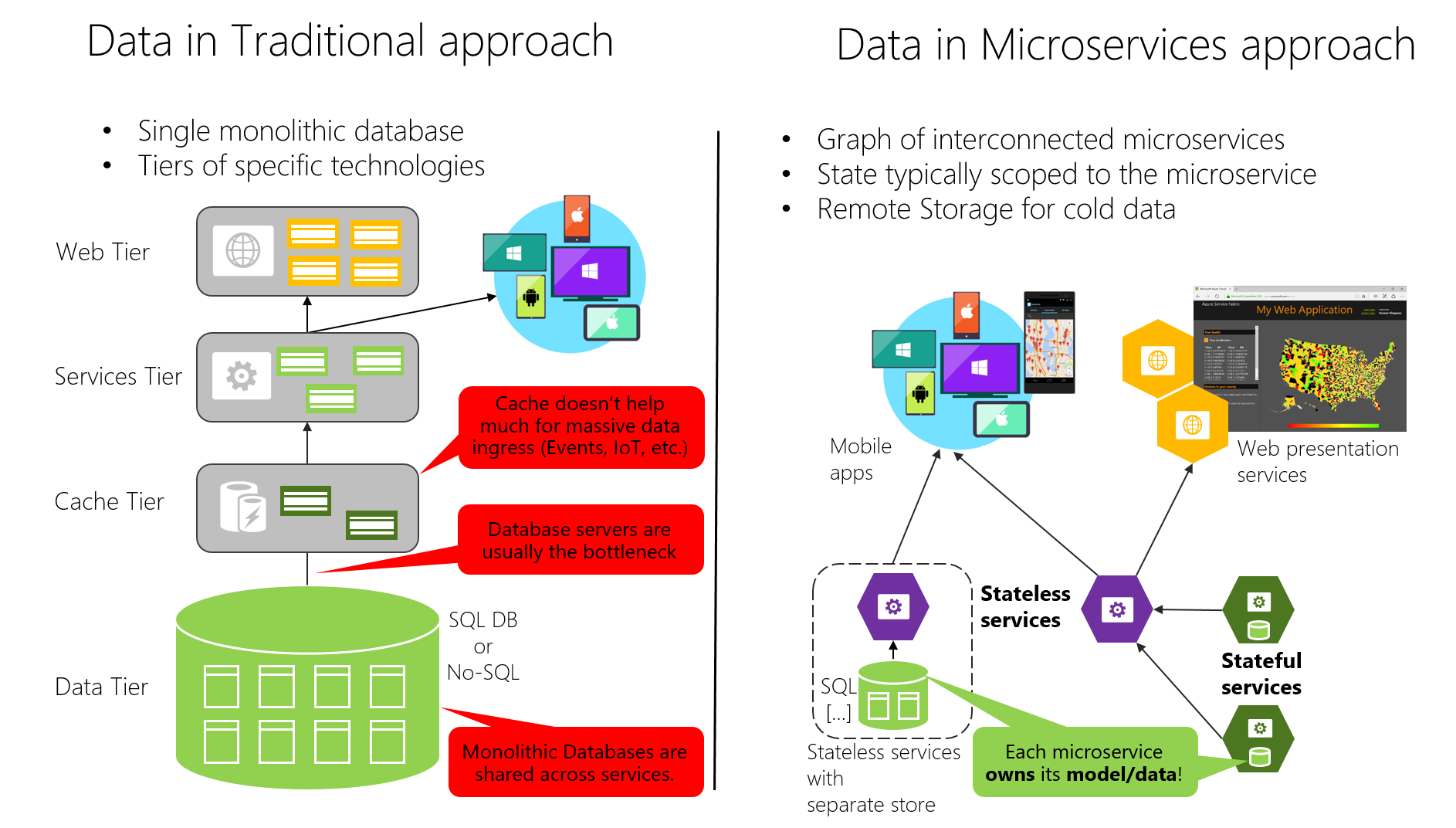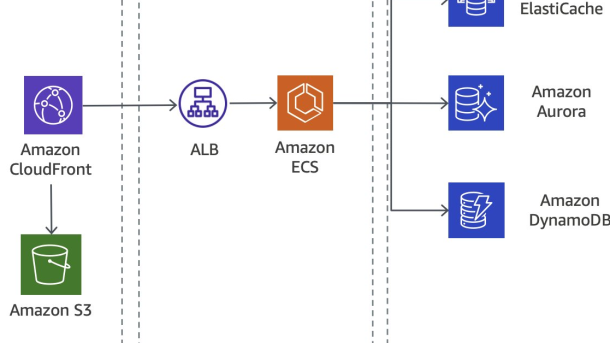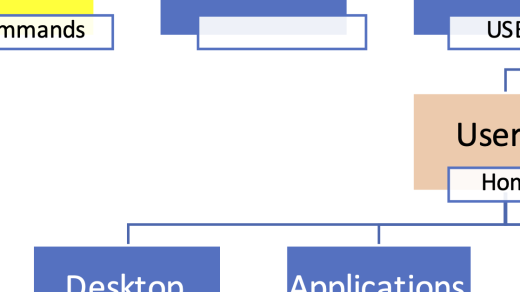Welcome to the world of Microservices Architecture! In this tutorial, we will unravel the intricacies of this revolutionary software development approach that empowers organizations to build scalable, flexible, and resilient applications. Get ready to dive deep into the world of microservices and discover how to master this cutting-edge architecture.
Introduction to Microservices Architecture
Microservices architecture is a modern approach to software development that emphasizes the creation of small, independent services that work together to form a larger application. These services are loosely coupled, meaning they can be developed, deployed, and scaled independently. This architecture offers several benefits, including improved scalability, flexibility, and fault tolerance.
In a microservices architecture, each service communicates with others using lightweight protocols such as HTTP or messaging systems like RabbitMQ. This allows for better integration and enables services to be written in different programming languages or technologies.
By adopting microservices architecture, organizations can achieve continuous delivery, as each service can be developed, tested, and deployed independently. This approach also promotes modular programming and the use of appropriate technology for each service, resulting in a more efficient and maintainable solution stack.
Understanding Monolithic Architecture
Monolithic architecture is an architectural style where an entire application is built as a single, self-contained unit. This means that all the different components and modules of the application are tightly coupled and dependent on each other. While monolithic architecture has been the traditional approach, it has limitations in terms of scalability and flexibility.
In contrast, microservices architecture breaks down an application into smaller, loosely coupled services that can be developed, deployed, and scaled independently. This allows for better agility, scalability, and fault tolerance.
Understanding monolithic architecture is important because it helps developers and architects appreciate the advantages of microservices and how they can be used to build more efficient and scalable applications. By mastering microservices architecture, you can gain the skills needed to design and develop modern application solutions that leverage the power of cloud computing, APIs, and distributed systems.
Contrasting Microservices and Monolithic Architecture

Microservices and monolithic architecture are two contrasting approaches to software design and development.
In a monolithic architecture, the entire application is built as a single, tightly-coupled unit. This means that any changes or updates to one part of the application can affect the entire system. Monolithic architectures are typically easier to develop and deploy, but can become difficult to maintain and scale as the application grows.
On the other hand, microservices architecture breaks down the application into smaller, independent services that can be developed, deployed, and scaled separately. Each microservice focuses on a specific functionality and communicates with other services through APIs. This approach allows for greater flexibility, scalability, and fault tolerance. However, it also introduces complexity in terms of managing communication between services and ensuring data consistency.
When choosing between microservices and monolithic architecture, factors such as the size and complexity of the application, team expertise, performance requirements, and scalability needs should be considered. Additionally, it is important to have a solid understanding of technologies such as Representational State Transfer (REST), communication protocols like HTTP, and cloud computing platforms like Amazon Web Services.
Challenges in Implementing Microservices
Implementing microservices can present several challenges. One major challenge is ensuring effective communication between the microservices. This involves choosing the right communication protocol and designing a reliable and efficient messaging system. Another challenge is managing the complexity of the system. With multiple microservices, it is important to properly organize and structure the codebase to maintain modularity and avoid dependencies. Additionally, issues such as load balancing, data storage, and fault tolerance need to be addressed to ensure the stability and scalability of the microservices architecture.
It is also important to consider the appropriate technology stack, such as using open source solutions like RabbitMQ or leveraging cloud services like Amazon Web Services.
Testing Microservices with Wiremock
Testing Microservices with Wiremock is an essential aspect of mastering microservices architecture. Wiremock allows developers to simulate and mock APIs in order to test the functionality and behavior of microservices. By using Wiremock, developers can easily create stubs and responses, enabling them to test different scenarios and edge cases without relying on actual APIs. This helps ensure that microservices are functioning correctly and producing the expected results. Additionally, Wiremock provides flexibility and control over the testing process, allowing developers to simulate various API responses, test error handling, and ensure the reliability of their microservices. Incorporating Wiremock into the testing process is crucial for building robust and resilient microservices.
Infrastructure Automation with Docker

Infrastructure automation with Docker is a crucial aspect of mastering microservices architecture. Docker provides a platform for automating the deployment and management of applications, making it easier to scale and maintain infrastructure. By using Docker containers, developers can package their applications and dependencies into a single unit, ensuring consistency and portability across different environments. This eliminates the need for manual configuration and reduces the chances of errors during deployment. Additionally, Docker allows for efficient resource utilization through containerization, enabling organizations to optimize their infrastructure and save costs.
With Docker, developers can easily implement continuous delivery practices, enabling them to release new features and updates quickly and reliably. By incorporating Docker into their workflow, developers can enhance their Linux training and gain valuable skills in infrastructure automation and deployment.



